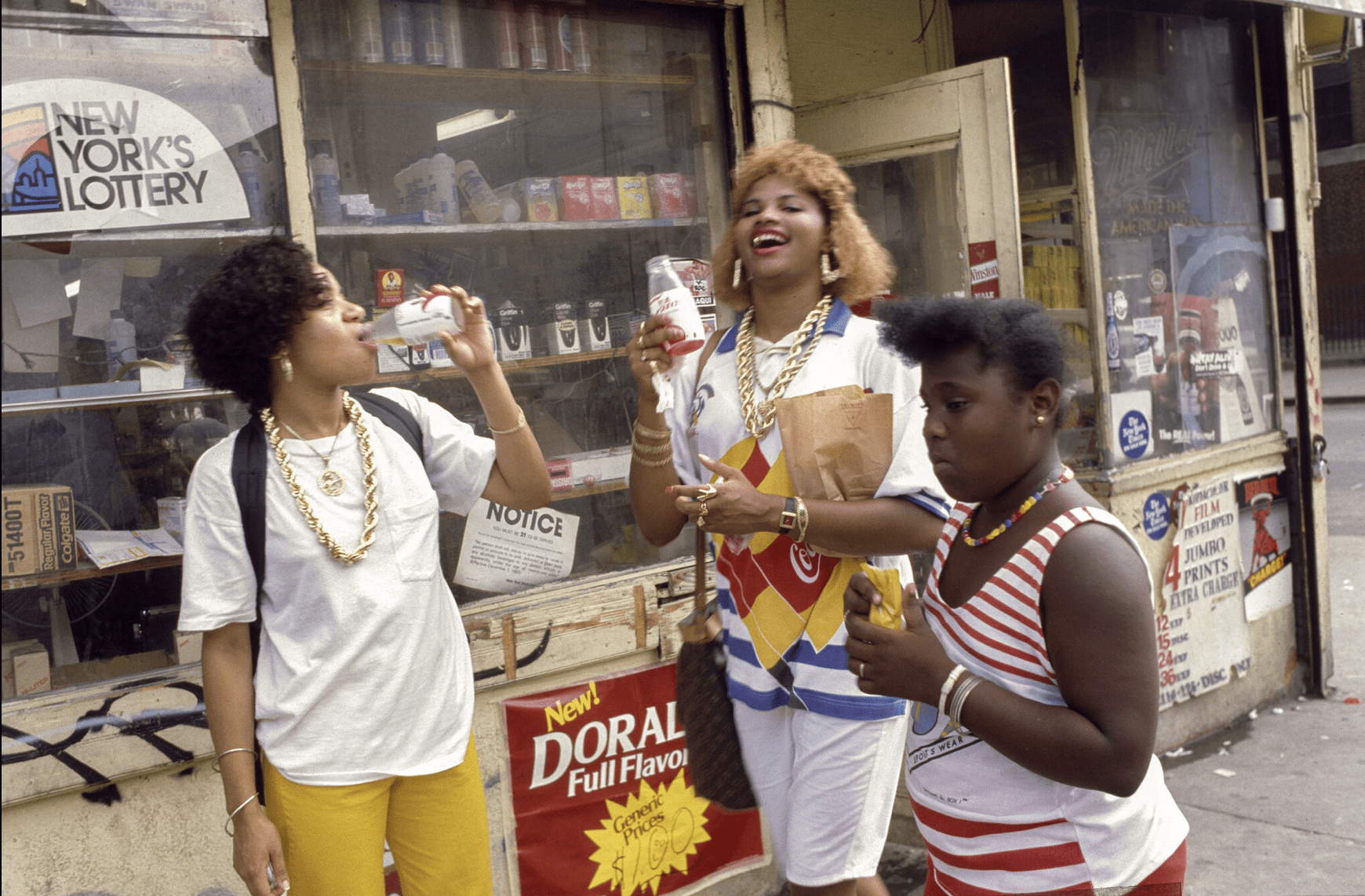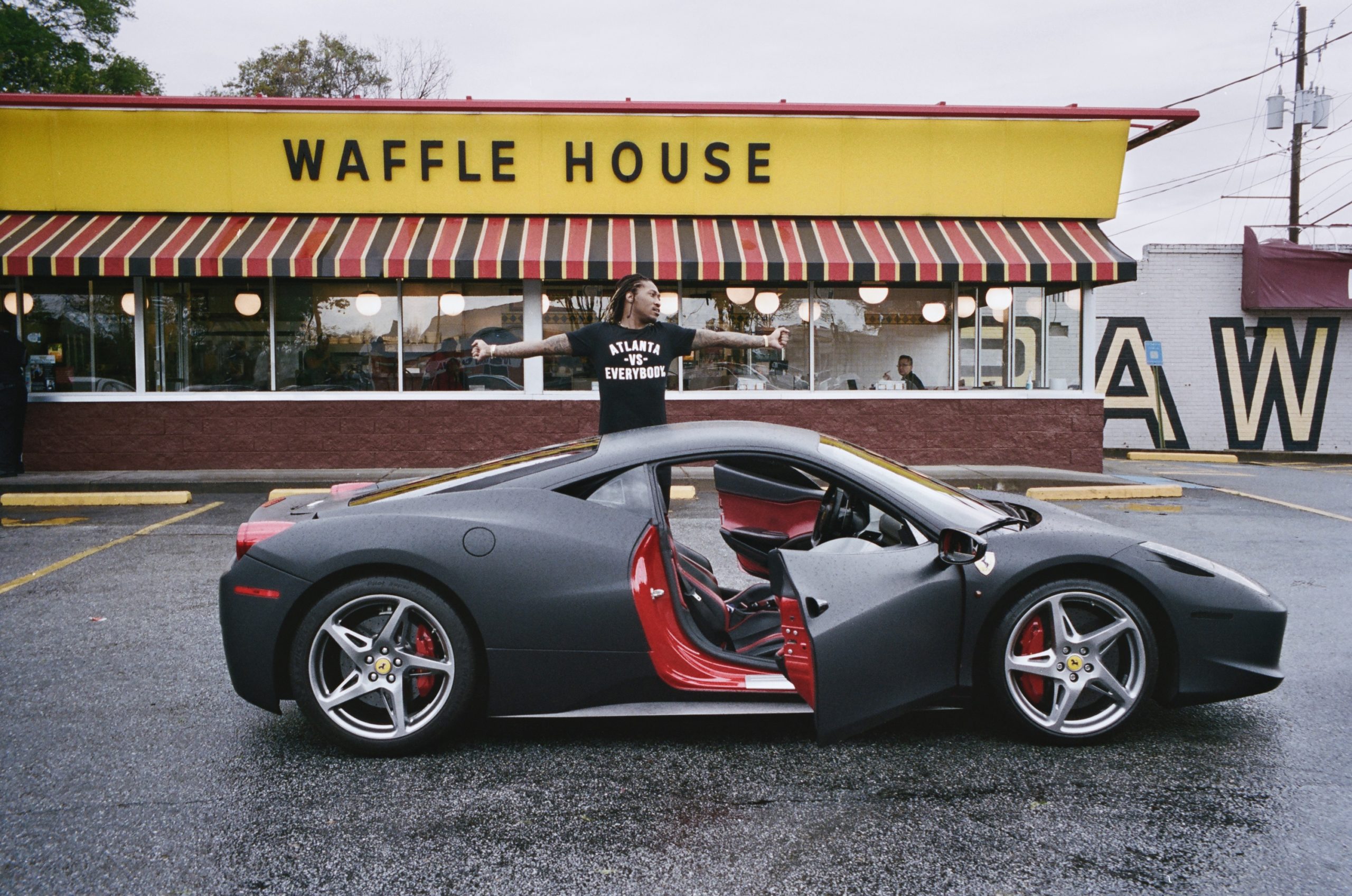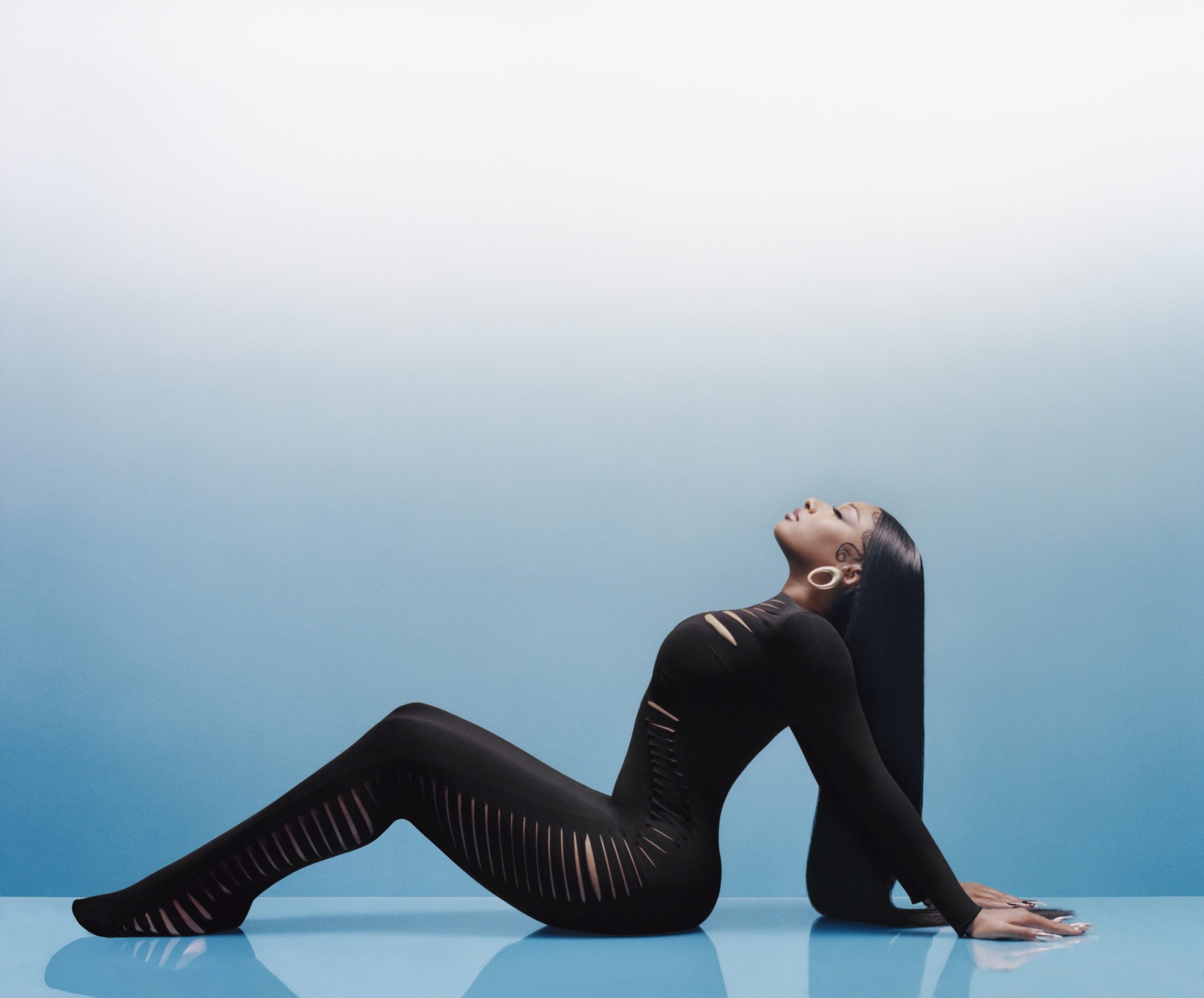
In New York City, DJing and breakdancing gave birth to the hip-hop that sells out stadiums, wins Grammys, and gets major radio airplay.
A new exhibition at Fotografiska, the photography museum in the Flatiron District, traces the genre’s evolution through 200 powerful photos by 57 photographers. The exhibition “Hip-Hop: Conscious, Unconscious” opens today and runs through May 21. It celebrates hip-hop’s 50th anniversary.
“There was a time when hip-hop wasn’t conscious of itself. There was a time when it was conscious of itself where we started to see ourselves and understand ourselves through the video and photography and everything else and that’s what this show represents,” said Sacha Jenkins, CCO of the entertainment company Mass Appeal, who co-curated the exhibit with photography expert Sally Berman. “What hip-hop is, is a reflection of itself and a reaction to the environment. … Through hip-hop you can learn a lot about what’s going on in our communities and what needs to change.”
Fifty years ago on August 11, 1973, Kool Herc (aka Clive Campbell) threw a back-to-school celebration at 1520 Sedgwick Avenue in the Bronx; many call it the founding party of hip-hop, though Jenkins said other DJs pre-date this by a bit.
“Young people found a way to be creative,” Jenkins said. “Before hip-hip was conscious of itself, it was a way for us to express ourselves.”
The exhibit starts in that unconscious era showcasing stories of everyday people—not hip-hop celebrities—in the South Bronx. Photos document graffiti, the Savage Skulls gang posing for a photo, artfully painted denim jackets and kids break dancing.

“We didn’t know what it was, it was just what we did,” said Jenkins said. “Eventually hop-hop started to understand there was an aesthetic we had built as kids in NYC.”
Walking through the timeline of hip-hop, you’ll see a bootleg 8-track of “Rapper’s Delite” by the Sugar Hill Gang, a handwritten invitation to an early hip-hop party, and a Village Voice article titled “Physical Graffiti: Breaking is Hard to Do.”
As the exhibit continues, it shows the movement solidifying into a famed genre.
Each borough of NYC offered its own spin on the music. “Brooklyn doesn’t sound like Queens, and Queens doesn’t sound like the Bronx and money-making Manhattan is always smashin’.’ As for the island of Staten—The Wu-Tang “W” beams from the slums of Shaolin to the rest of the world,” Jenkins wrote in a text panel at the exhibit.
But the show isn’t just about NYC. It also spotlights Southern hip-hop and West Coast musicians as well, all leading up to the musical leaders of today.

Here’s just a handful of the artists you’ll see in photos: Tupac, Bone Thugs-N-Harmony, Ice Cube, The Notorious B.I.G., Snoop Dogg, The Game, DMX, Ja Rule, Xzibit, Dr. Dre, Mary J. Blige, Lil’ Kim, Sister Souljah, Nas, Method Man, Talib Kweli, Jay-Z, Lauryn Hill, The Beastie Boys, The Roots, Foxy Brown, Eve, P. Diddy, Eminem, Lil Wayne, Erykah Badu, Future, Trick Daddy, Pharrell, Nicki Minaj, Megan Thee Stallion, Kendrick Lamar, Post Malone, Mac Miller, Drake, 21 Savage, and Cardi B.
The photos evolve as the genre evolves, from photojournalistic street scenes to glossy magazine-style images.
Images range from famous photos you’ve likely seen before to rare portraits. The exhibition spans five decades and two stories of the museum. Fotografiska will also offer programming including family workshops, zine making, talks, panel discussions, and yoga.
In addition to the exhibit at Fotografiska, there’s another exhibit in The Bronx hip-hop fans won’t want to miss.
“[R]Evolution of Hip Hop” is on view through the summer of 2023 at Bronx Terminal Market exploring the genre from 1986-1990, known as the golden era of hip-hop. The exhibit is put on by The Universal Hip Hop Museum, which is currently under construction and slated to open in 2024 at Bronx Point. A dollar of every ticket sold to the Fotografiska exhibit will benefit The Universal Hip Hop Museum.
Keep an eye out for more Hip Hop 50 events this year, all celebrating five decades of the most influential pop culture movement of its generation. Mass Appeal’s created the exhibition in partnership with Fotografiska as part of the company’s Hip Hop 50 cross-platform initiative.
“Hip-hop is for everyone, and I think that’s a beautiful thing,” Jenkins said. “We just shouldn’t lose sight of where it comes from and what it really means.”
